I first read about the Pythagorean mooring technique in Roger Barnes’s delightful and informative book, The Dinghy Cruising Companion, when it was published in 2014. It is a simple and clever way to anchor a small boat without using a clothesline loop or outhaul setup. As described, a Pythagorean mooring, named after geometry’s theorem of right triangles, is most useful in settings where tidal range is modest and where there is fairly deep water close to a shoreline.The basic technique, as illustrated in Barnes’s book, involves dropping an anchor in deep water with enough slack in the rode to let you paddle the boat straight to shore—one leg of the right triangle. After you step ashore, you pull the slack out of the rode and make it fast to the bow. A long warp is then tied to the bow and its other end walked along the shore—the other leg of the triangle—until the boat is offshore along the “hypotenuse” formed by the rode and warp. The warp is secured ashore and the boat is kept snug in deep water.Over the past few boating seasons, I have experimented with variations on this conventional setup on shorelines that aren't straight and in anchorages with fairly large tidal ranges. Maine’s Penobscot Bay has tides of 10′ to 12′, which can create challenges for boaters who wish to come ashore without getting stranded by a falling tide, or don’t want to deal with waves that would pound a boat on the beach during a rising tide. I use a modification of the Pythagorean system to make a convenient anchorage where a promontory projects from a long sweep of sandy beach.
Stay On Course




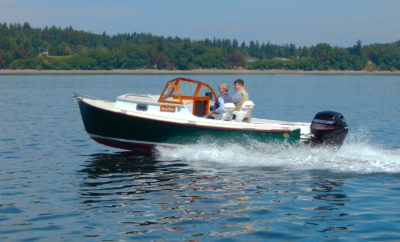
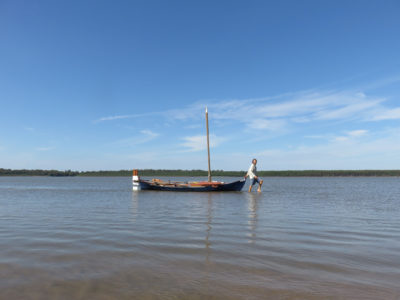

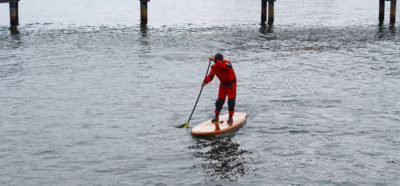

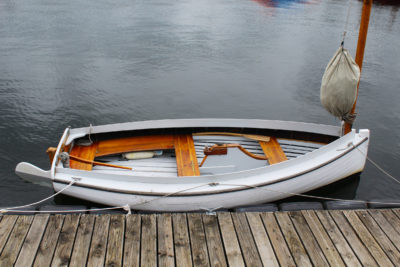
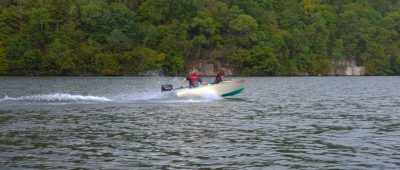
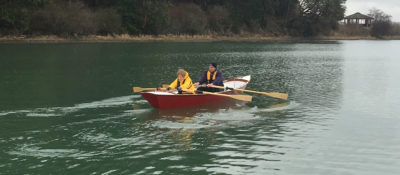
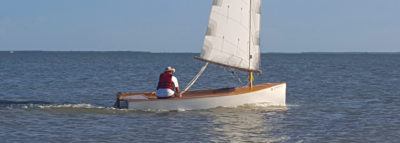

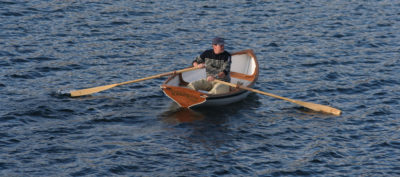
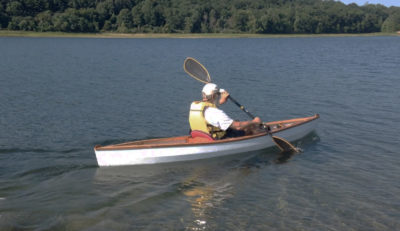
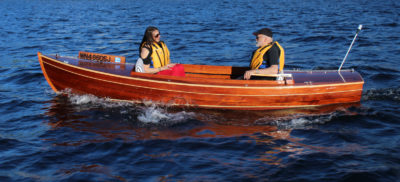
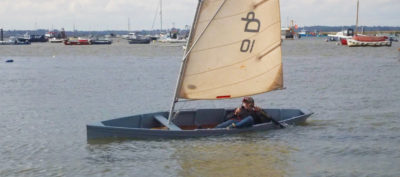
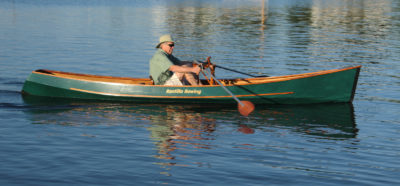
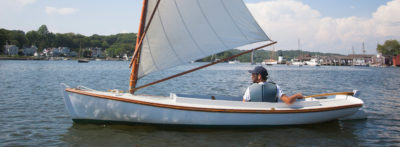

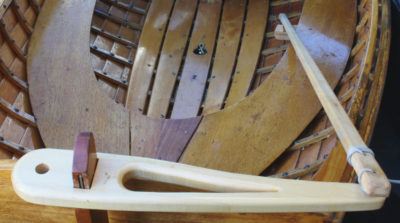

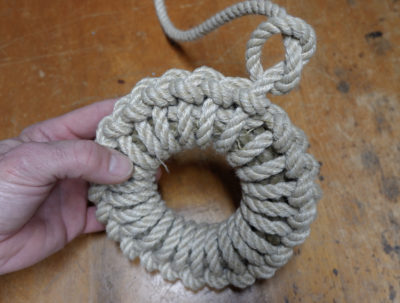
Join The Conversation
We welcome your comments about this article. To include a photo with your remarks, click Choose File below the Comment box.